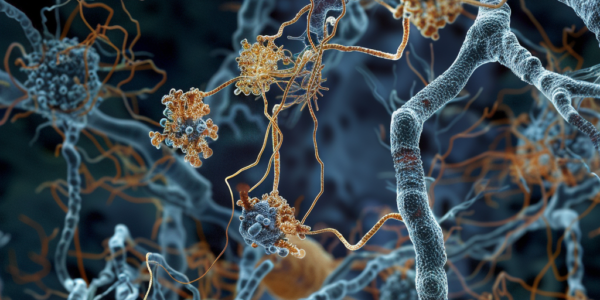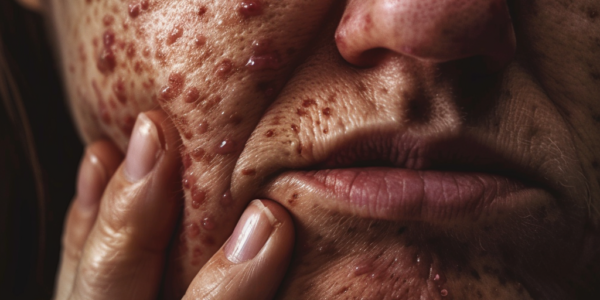Bird Flu Outbreak Causing Mass Deaths in Seals and Sea Lions
An ongoing bird flu outbreak has led to the deaths of tens of thousands of seals and sea lions, causing significant harm to wildlife populations and economic losses at poultry farms. The outbreak, which began in 2020, has resulted in the deaths of millions of domesticated birds worldwide. While health officials have stated that the virus is not currently a threat to humans, experts have cautioned that its continued spread could elevate the risks to human populations. The virus has been identified in seals on both the eastern and western coasts of the United States, with at least 300 seals succumbing to bird flu in New England and smaller numbers in Washington state’s Puget Sound. South America has also been severely affected, with over 20,000 sea lions perishing in Chile and Peru, along with thousands of elephant seals in Argentina. The virus, which can be controlled in domesticated animals, spreads rapidly among wildlife and ocean mammals.
The Role of Artificial Intelligence in Early Diagnosis of Sepsis and Critical Conditions in Healthcare
Artificial intelligence (AI) is revolutionizing the healthcare industry by improving early diagnosis and patient outcomes. With 1 in 3 Americans who pass away in a hospital setting having sepsis, the urgent need for AI advancements is clear. By leveraging AI technology, healthcare professionals can detect sepsis earlier, leading to more timely interventions and improved patient outcomes. The potential benefits of AI in improving the detection and management of sepsis underscore the importance of ongoing advancements in this field.
Groundbreaking Bioluminescence Imaging Technique Revolutionizes Study of Oxygen Movement in the Brain
Groundbreaking study introduces bioluminescence imaging technique for real-time observation of oxygen movement in the brain, shedding light on hypoxia and related diseases. Method offers detailed insights into oxygen distribution and potential therapeutic interventions.
Rabid coyote euthanized after attacking women in Maryland
A rabid coyote attacked two women in Montgomery County, Maryland, prompting the animal to be euthanized. Experts attribute the rare attacks to the current mating season, advising residents to ensure their pets’ rabies shots are up to date and to seek medical attention if they may have come into contact with the rabid coyote. The incidents highlight the importance of staying informed and taking precautions when encountering wildlife in residential areas.
Smartphones and Physical Health
A sports doctor from Brest, France says smartphones are a problem for our physical health and make people more sedentary. His book ‘Smartphones Kill’ warns of the risks of excessive phone use, including chronic diseases. Studies show that reducing phone time leads to more physical activity.
Study Reveals Similarities in Protein Structures Between Alzheimer’s Disease and Down Syndrome
A recent study published in Nature Structural and Molecular Biology has utilized advanced cryo-electron microscopy imaging technology to investigate the similarities in protein structures between Alzheimer’s disease and Down syndrome. Lead investigator Ruben Vidal, Ph.D., highlighted the presence of amyloid β (Aβ) and abnormal accumulation of tau protein in individuals with both Down syndrome and Alzheimer’s disease. The study aimed to determine whether differences exist in the protein structures of Aβ and tau filaments between individuals with only Alzheimer’s disease and those with both Down syndrome and Alzheimer’s disease. The research team conducted a comparative analysis of high-resolution images of Aβ and tau filaments in individuals with Down syndrome and Alzheimer’s disease, and those with only Alzheimer’s disease. Vidal emphasized the potential implications of their findings, suggesting that the study may pave the way for improved treatments for both Alzheimer’s disease patients and individuals with Down syndrome. This study sheds light on the common mechanisms at play in individuals with sporadic Alzheimer’s disease and those with both Down syndrome and Alzheimer’s disease.
Possible Link Between Shingrix Vaccine and Reduced Risk of Dementia
A potential breakthrough in the fight against dementia has emerged, with data showing a correlation between the use of the Shingrix vaccine and a lower risk of developing the condition. GSK’s chief commercial officer highlighted the significance of this correlation and emphasized the potential transformative impact of a treatment for dementia. Ongoing research is being conducted to evaluate the potential association between shingles vaccination and dementia, with several published studies indicating a possible connection. The emerging evidence has raised hopes for a new approach to combating dementia, offering a glimmer of optimism in the face of a condition that currently affects millions of individuals worldwide.
Indonesian Health Minister Urges Public to Prioritize Health and Immunity Amid Influenza Spread
Indonesian Health Minister Budi Gunadi Sadikin emphasizes the importance of maintaining a strong immune system in the face of influenza variants, including the Hand, Foot and Mouth Disease (HFMD). With over 5,000 cases of the Singapore Flu reported in Indonesia, Budi advises the public to prioritize adequate sleep, nutrition, and stamina to combat the virus. As the flu virus continues to mutate, maintaining robust immunity and following health guidelines are crucial in safeguarding public health.
WHO Launches CoViNet: A Global Network for Coronaviruses
WHO launches CoViNet, a global network for coronaviruses, aimed at early detection, monitoring, and assessment of SARS-CoV-2, MERS-CoV, and other novel coronaviruses. The network comprises 36 laboratories from 21 countries across all six WHO regions, emphasizing a One Health approach to monitor and assess coronavirus evolution and spread. The data generated through CoViNet’s efforts will guide WHO’s global health policies and tools.
Researchers Discover Early Indicators of Childhood Food Allergies
Researchers at National Jewish Health have discovered early indicators of food allergies in babies as young as two months old through a noninvasive skin tape sampling method. The study, published in the Journal of Allergy & Clinical Immunology, aims to identify people at risk for food allergy and address skin barrier abnormalities early to prevent the development of these conditions.










